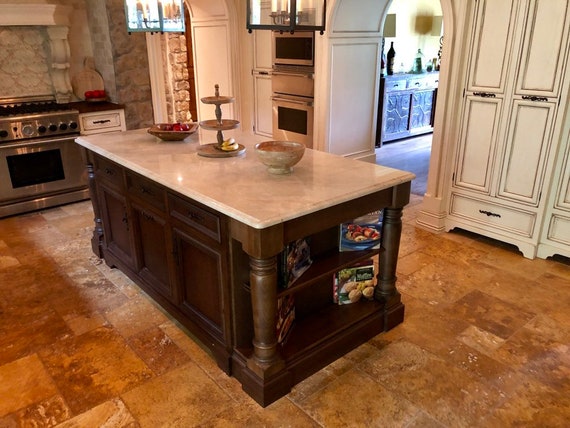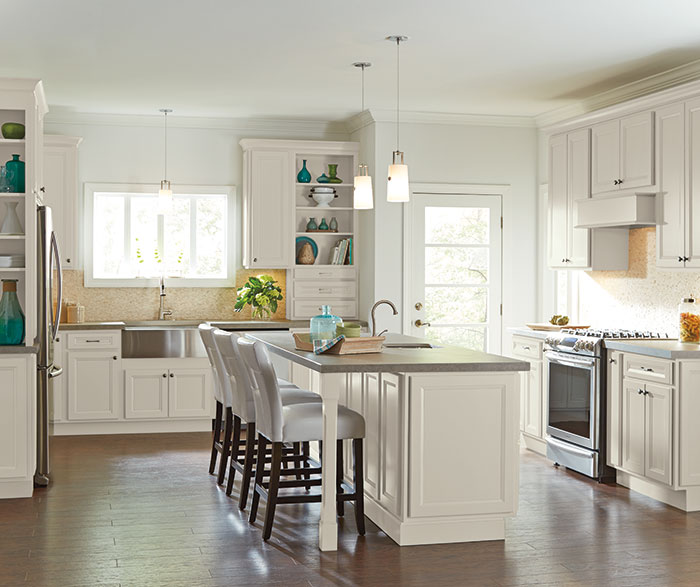How to Set Up a Kitchen Island Leg for Optimum Stability and Design
How to Set Up a Kitchen Island Leg for Optimum Stability and Design
Blog Article
The Relevance of a Sturdy Cooking Area Island Leg in Creating a Useful Food Preparation Area
A strong kitchen area island leg offers as a basic component in developing a functional cooking environment, providing necessary assistance for both the counter top and different cooking area tasks. As kitchen areas progress into multifunctional areas for food preparation, eating, and mingling, the option of materials and style factors to consider for island legs becomes significantly crucial.
Advantages of Sturdy Island Legs
Providing necessary assistance, strong cooking area island legs play a pivotal role in boosting the functionality and toughness of cooking area islands - kitchen island leg. These legs not just bear the weight of the kitchen counter and any kind of additional items positioned on the island, yet likewise add to the total security of the framework. A well-supported kitchen area island ensures that it remains functional and upright, even under heavy use, which is especially essential in busy kitchen area atmospheres
In addition, durable island legs can improve the visual charm of the cooking area. They give a solid framework that can match numerous layout styles, from contemporary to conventional. This convenience enables property owners to personalize their cooking area islands according to individual taste while making sure that the structural honesty continues to be uncompromised.
In addition to their supportive function, durable kitchen island legs can additionally enhance safety. Eventually, investing in strong kitchen area island legs is important for a functional and visually pleasing cooking location.
Products for Cooking Area Island Legs
When picking products for kitchen island legs, durability and visual appeal are important elements to take into consideration,. One of the most usual materials include wood, metal, and engineered wood, each offering special benefits.
Wood, such as maple, cherry, or oak, is a traditional choice as a result of its toughness and timeless charm (kitchen island leg). It can hold up against substantial weight and is resistant to wear, making it suitable for high-use kitchen settings. Additionally, hardwood can be tarnished or painted to match different kitchen designs
Metal legs, typically crafted from stainless steel or functioned iron, give a modern and industrial appearance. They are incredibly solid and can support substantial loads while being immune to wetness and warmth, which is advantageous in a cooking area. Steel legs can additionally be conveniently cleaned up, boosting their usefulness.

Design Factors To Consider for Security
The selection of materials for cooking area island navigate here legs straight influences the layout considerations for stability. When developing a kitchen area island, it is paramount to examine the weight-bearing capacity of the picked products. Heavier products, such as solid timber or metal, usually give greater security, particularly under the tension of everyday usage.
In addition, the leg design have to include proper geometry to boost stability. A larger base enhances the assistance area, lessening the danger of tipping or wobbling. Consideration must likewise be provided to the height of the legs; out of proportion leg sizes can lead to imbalance, endangering the total security of the island.
Moreover, the circulation of weight across the island is critical. Guaranteeing that the leg positioning aligns with the heaviest parts, such as appliances and countertops, will even more improve security.
Maintenance Tips for Long Life

Cleaning is another critical aspect of upkeep. Relying on the material of the legs-- whether timber, steel, or composite-- appropriate cleaning methods must be used. For wood legs, a mild clean with a wet cloth and an ideal wood cleaner will assist protect their surface. Metal legs might need a light gloss to protect against corrosion and preserve their gloss.
In addition, tightening screws and screws routinely can guarantee security and prevent tottering. Think about strengthening the legs with additional braces or sustains to boost durability if the kitchen read this island experiences hefty use. Using a safety finish or sealer can secure versus wetness and spots, prolonging the life-span of the legs. By following these maintenance suggestions, house owners can ensure their kitchen island legs remain robust and useful for many years to find.
Choosing the Right Leg Style
Normal maintenance guarantees that cooking area island legs remain practical and tough, but choosing the right leg design is similarly important for both visual appeals and support. The choice of leg design can substantially influence the general design and harmony of your kitchen area.

Capability is an additional essential facet. For example, thicker legs or those with a tough base can sustain larger counter tops and tools, enhancing the island's utility. On the other hand, slender legs may develop Discover More Here an airy look, appropriate for lighter layouts yet possibly much less helpful.
Conclusion
In summary, the importance of tough cooking area island legs can not be overstated in the production of a functional cooking location. These legs give essential assistance, improve security, and contribute to the total visual of the kitchen area.
A sturdy kitchen island leg serves as an essential part in establishing a functional food preparation atmosphere, providing essential support for both the counter top and numerous cooking area tasks.Providing crucial support, sturdy kitchen area island legs play an essential role in enhancing the functionality and toughness of cooking area islands. Ultimately, investing in durable cooking area island legs is necessary for a practical and visually pleasing cooking area.
Consideration ought to also be provided to the elevation of the legs; disproportionate leg sizes can lead to inequality, jeopardizing the total security of the island.
Wood legs give warmth and a classic look, while steel legs use a commercial and contemporary feel.
Report this page